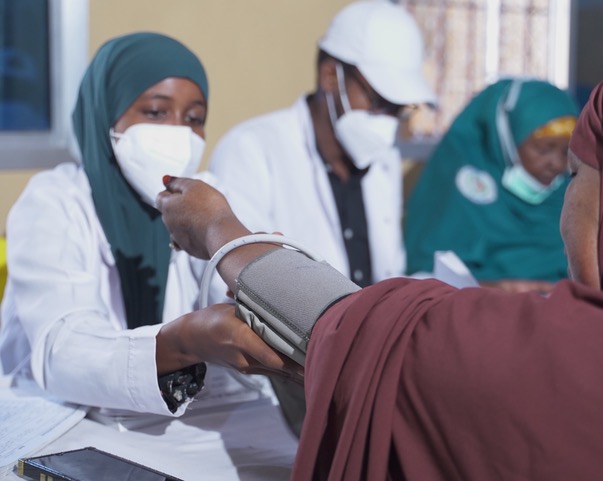In fragile and low-income settings like Somalia, building resilient public systems requires smart, sustainable investments. One of the most effective approaches is to invest in global digital public goods, open-source, adaptable technologies designed for public benefit. Tools like DHIS2 and Bahmni are specifically built for low-resource contexts and are maintained by global communities, making them cost-effective, scalable, and future-proof.
The Digital Investment Principles, endorsed by leading development actors such as the UN, the World Bank, and SPIDER, provide a shared framework for effective digital development. These principles call for solutions that are open, inclusive, interoperable, and built for long-term impact, helping governments and partners avoid fragmentation and duplication.
Somalia’s electronic health record system, RAAD, developed under the HADDA programme, is a clear example of these principles in action. Built on Bahmni, a recognised global good, RAAD has been customised for Somalia’s healthcare context and officially endorsed by the Somali Ministry of Health as the national standard for digital patient records.
The development and roll-out of RAAD is a joint achievement. SPIDER has led the initiative with a focus on local ownership and human-centred design. The Somali-Swedish tech organisation NomadiLab supported the customisation and helped streamline the delivery and setup of digital tools at health facilities. The Somali Research Institute, SIDRA, has provided independent monitoring and evaluation, ensuring that RAAD is both functional and responsive to user needs.
Together, these partners have shown how global digital public goods can become national solutions, even in fragile contexts. RAAD is already improving health data quality and service delivery. With continued support and smart investment, it has the potential to transform how Somalia and similar countries manage healthcare digitally.
RAAD’s success makes the case clear: by investing in open, collaborative digital tools and building local capacity, we can create stronger, more inclusive health systems for the future.

